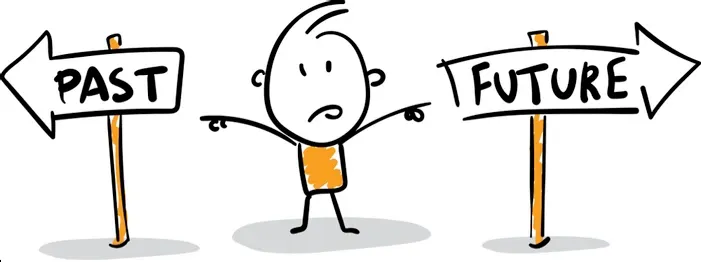Need a Projection? Ask This Question
How long did a broadly similar project take you in the past?
How long did a broadly similar project take you in the past?

The Big Dig was a massive infrastructure project in Boston Massachusetts aimed at replacing an aging elevated highway with a modern underground tunnel system. But when the project was proposed in the 1980s, it was estimated to cost around $2.8 billion and to be completed by 1998. However, the actual construction took over 15 years, and the final cost exceeded $14.6 billion; more than five times the original estimate.
And while there are lots of reasons why the projections on the Big Dig’s completion were so off, including all sorts of systemic complexities, there is an important corollary in our own individual psychology called, “the planning fallacy,” which means people tend to underestimate the time, costs, and risks of future actions or projects, and overestimate the benefits and success, leading to overly optimistic planning and predictions.
This cognitive bias means that when you ask someone for a Holacracy-style “projection,” which is only intended to be a rough estimate of when someone thinks they’ll complete a project (constitution 2.1c), you’re therefore likely to get an overly optimistic prediction.
But research into the planning fallacy has found that, unlike so many other cognitive traps, there is actually something we can do to lessen the likelihood we’ll fall into it.
The trick is that when people normally try to make a projection about something they are working on, they tend to imagine a lot of specific details, like the tasks to be done and the time and resources needed to complete those tasks. Seems reasonable, right!?
Yet, when people are tested on the accuracy of their imagining-the-specifics predictions, the research has repeatedly shown that, “…the more detailed the subjects’ visualization the more optimistic (and less accurate) they become.” (Yudkowsky, 2007).
Of course this doesn’t mean that these predictions are necessarily inaccurate, but that they tend to be more inaccurate, when, and this is the counter-intuitive part, the more context and special circumstances are factored in.
What tends to yield much more accurate predictions is to ask how long something broadly similar to the current project took them in the past. And of course this applies to each of us when we are asked for a projection by someone else. Rather than unconsciously following our habit of imagining the possible future, we should resist that urge and instead let our minds search our past.
You may be surprised at how much longer your own projections become with this method, but in a way that’s the point. It’s fine to hope for the best, but not when that optimism encourages us to avoid facing some potentially uncomfortable realities.
To learn more about self-management, join a community of pioneers and check out our e-courses → Self-Management Accelerator
